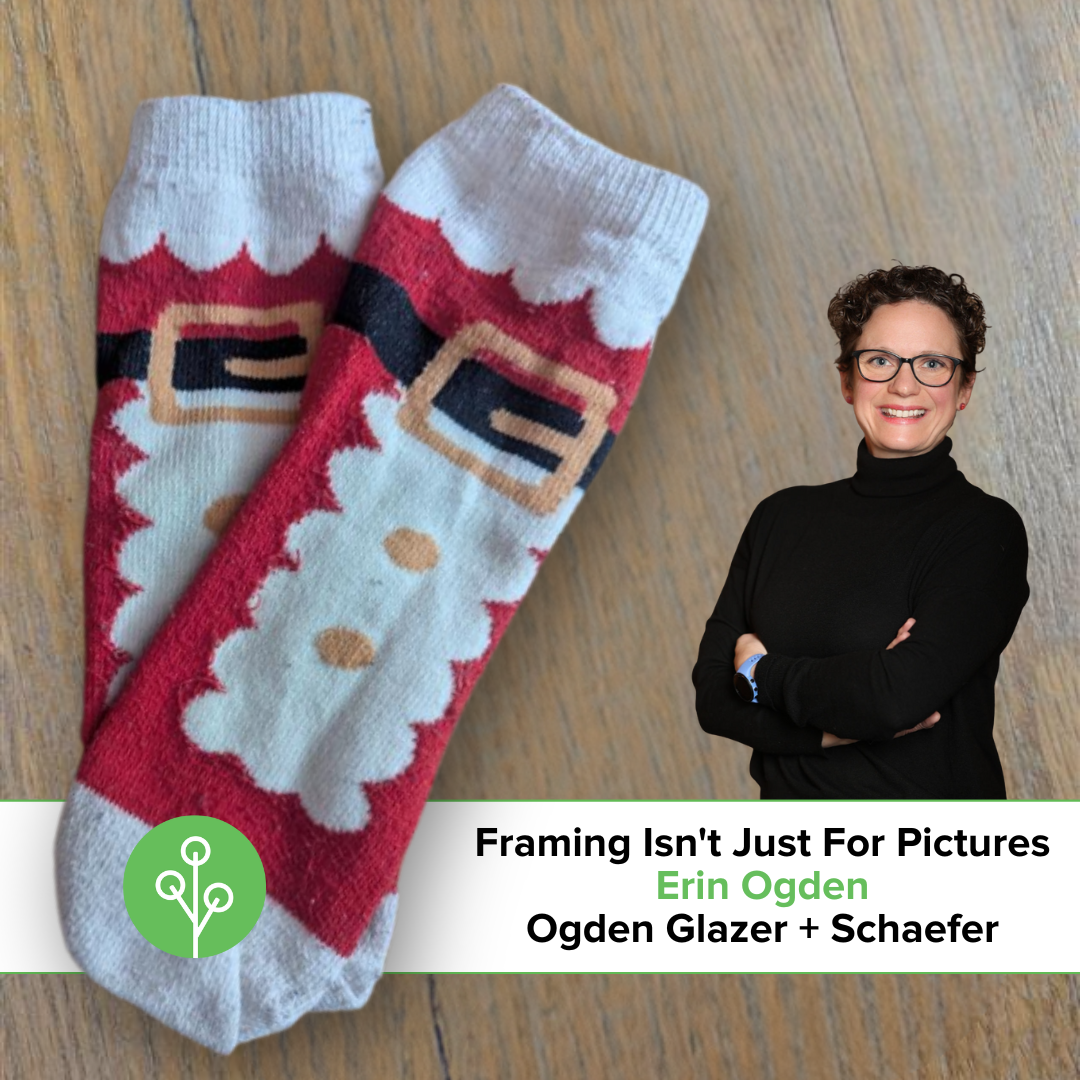Whenever we address an issue, it is important that we understand the actual issue. That involves a lot of questions to poke around in all of the corners of the problem. Sometimes those questions are uncomfortable. The person answering is sometimes embarrassed about what they know is hiding in the shadows, but more often, they are scared that they don’t know or don’t remember what is there. That can make those harmless little dust bunnies seem much more dangerous. But we have to poke and prod to see what is there, but also, and possibly more importantly, what is actually important.
That includes framing as to what the problem actually is. Is the problem that my kids’ socks don’t match his outfit or is it that I’m worried people think I don’t know what matching is? Or am I worried that people will think I can’t afford new socks? Those are 3 very distinct problems that call for different solutions. In fact, one solution might be for me to get over myself because the only problem is one in my own head.
The next step is framing the solution. What do we want the solution to be? What story do we tell to get to that solution? Let’s get back to those socks. Perhaps the problem is just me. The solution is to help me look away and feel good about it. So I frame it as an ability to allow him independence and choice. My job is to celebrate that he chose something on his own and say, “Look how fun they are! Santa Claus socks in August with your _____ – how creative!” as I secretly cringe on the inside and congratulate myself on building independence in a small way every day. Or maybe the problem is that they’re being made fun of their choice of socks. Looking away and saying nothing is likely a poor choice. Then we have to decide if the solution is helping them fit into the expected norms of his peers (“No, sweetie, orange and yellow zigzags don’t coordinate with pink polka dot shorts…”) or if it is helping them learn that sometimes other people’s opinions can and should be ignored. The first words I tell my kid each morning for the first and third may be the same, but maybe the tone is different. And the additional stories we discuss could vary greatly. It’s all about how we frame it.
Lots of problems aren’t as simple as socks. Oh, don’t we wish they were. But the strategy is the same. What is the actual concern or problem? And which solution and which story makes sense? That’s definitely going to need some fun socks to help power our way through.

